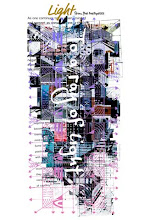Persepolis, which is said to have been built by Darius the Great, also has a masonry with a notch.
The plants that ride on this fleur de lis can also be found in the Persepolis murals. You can also see the symbol of 12 petals there.
The same pattern as this plant can also be seen in the tree of life in Mesopotamia, where there are also symbols of handbags and pine cones. The bottom left is Persepolis and the right is the Mesopotamian Tree of Life. This is also common with tree worship found all over the world.



Next is the Bisotun Inscription in Kermanshah Province, western Iran. Here, too, you can see a person with a winged sun and a bow and arrow. The person trampled by this bow and arrow person is raising his hand up. This can also be seen in the symbol diagram.
A symbol of a lying person in Mesopotamia raising his hand.

























0 コメント